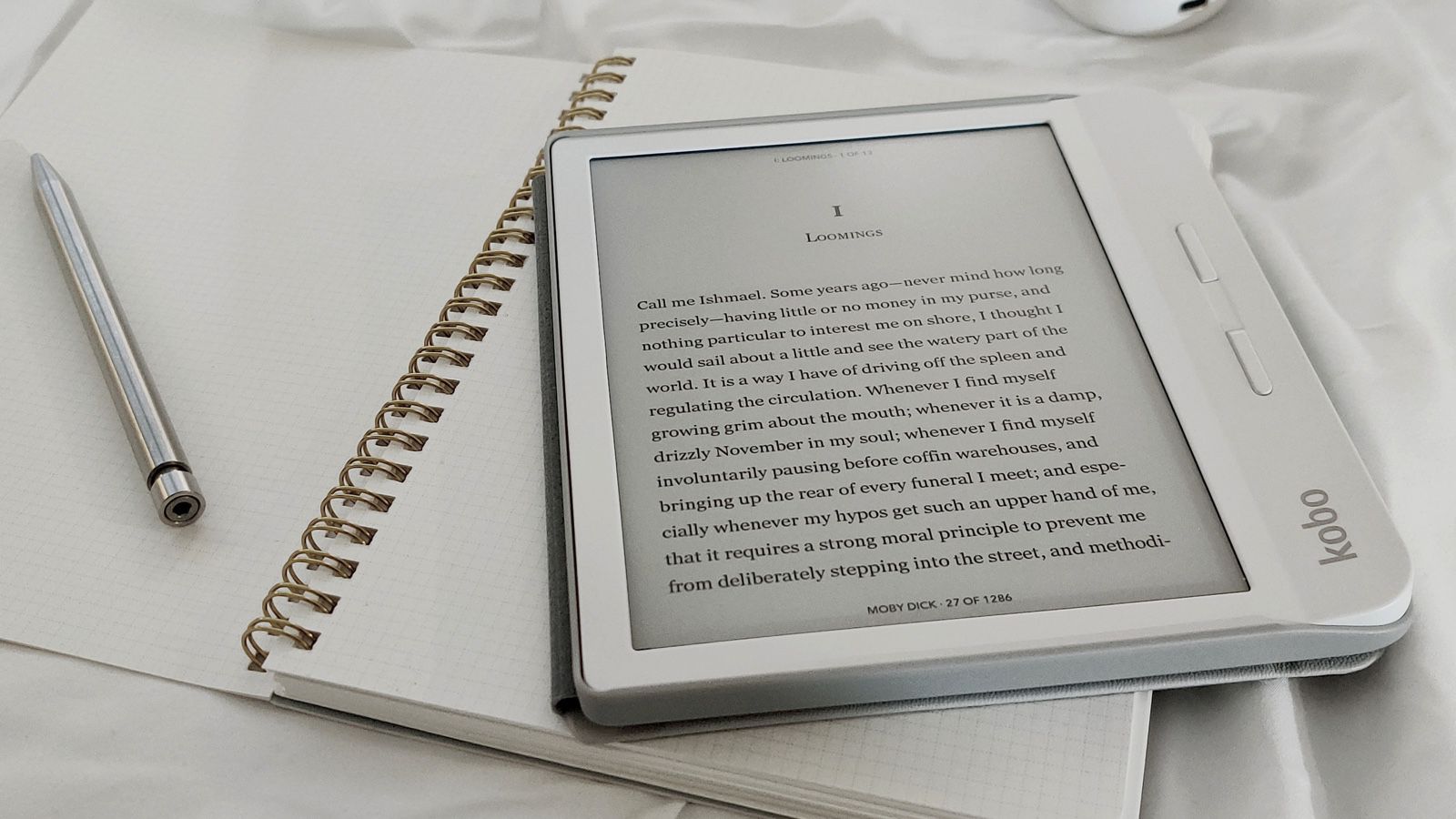In an age where digital advancements have changed the way we communicate, share information, and access media, books remain a beloved staple. But now, physical books face a new rival—eBooks.
While both offer readers an enjoyable experience, they each come with their unique advantages and disadvantages. In this article, we explore how physical books and eBooks enrich our reading experience by taking us beyond the shelf into exciting new worlds of knowledge.
We examine how these two book formats differ in terms of convenience, accessibility, cost, and more to help readers make informed decisions when selecting a book. Finally, we discuss what it means for traditional publishing models as paperbacks battle against digital downloads for market share dominance.
Join us on this journey to discover just why physical books and eBooks are still relevant today!
Advantages of Physical Books
One of the biggest advantages of physical books is that they offer an immersive and tactile experience. Reading a physical book can be an enjoyable activity, as readers can feel the pages beneath their fingers, smell the pages and even hear them turning if desired.
Physical books also provide a great opportunity to comfortably enjoy reading from any location; whether it’s curled up on your sofa with a cup of tea or lying in bed at night with just a lamp for light. Physical books are often much cheaper than eBooks which makes them more accessible to many people who cannot afford to purchase digital versions.
Additionally, physical books do not require extra hardware such as Kindle or tablet devices which further reduces costs for those looking to get into reading without breaking the bank. The longevity of physical books is another advantage that should not be overlooked – depending on how well it is looked after and stored, some hardback editions have been known to last centuries!
This means readers can keep copies of favorite titles forever whereas eBook versions may need renewing periodically due to technological changes over time. Finally, having access to both digital and printed material provides readers with a choice when it comes to selecting what works best for them – whether this is based on convenience or personal preference does not matter; both types offer different benefits so ultimately there isn’t one clear-cut answer when deciding between physical or digital formats!
Benefits of eBooks

In the age of digital media, eBooks offer a host of advantages compared to physical books. For starters, they are more convenient than their paper counterparts.
Unlike physical books, which require you to carry around heavy volumes and keep track of bookmarks, eBooks can be read on any device with an internet connection. They also take up significantly less space than traditional paperbacks and hardcovers; this is especially beneficial for those living in small apartments or homes without much storage space.
In addition to being lightweight and compact, eBooks cost far less than physical copies due to the lack of printing costs associated with them. This makes them great for budget-conscious readers who don’t want to break the bank when buying new reading material.
Finally, many eBook platforms now offer features like highlighting and note-taking capabilities that allow you to make annotations as you go along – something not available with traditional books! All these benefits combine into an experience that’s both enjoyable and practical for modern-day readers looking for a convenient way to consume content.
Exploring the Interplay Between Physical and Digital Reading Experiences

From the days of silent reading to the new age of digital books, there has been an ever-evolving interplay between physical and digital reading experiences. Whether we’re browsing through pages in a bookstore or scrolling through titles on our eReader, both formats offer unique opportunities for learning and personal growth.
Physical books are tactile objects that allow us to connect with literature in ways that aren’t possible with their digital counterparts; from folding down page corners as bookmarks to feeling the heft of a thick novel in our hands. However, eBooks provide readers with convenient access to vast collections of material at any time, making it easier than ever before to explore different genres and subject matter.
What’s more exciting is how technology can bridge these two worlds together – allowing readers to flip between paperbacks and online libraries without missing out on either format’s advantages. From enhanced interactive features such as audio narrations and translation options on eBook platforms to subscription services like Kindle Unlimited which provide unlimited access across multiple platforms – there has never been so much potential for immersive storytelling experiences!
Though they may appear fiercely opposed at first glance, physical books and eBooks have come together in remarkable ways over the past few years; providing readers everywhere with unprecedented levels of convenience while also enabling them to enjoy all the comforts associated with traditional forms of literature consumption. With this combination continuing its advancement into modern culture each day – there is no telling what future innovations await us beyond the shelf!
The Impact on Education and Libraries

When it comes to physical books and eBooks, their impact on education and libraries is far-reaching. In classrooms, teachers are finding that the use of both formats helps students become more engaged in learning.
For example, when studying history or literature, physical books can provide a tactile experience that cannot be replicated with an eBook. By reading passages aloud from a book with colorful illustrations or annotations written in the margins of its pages, students gain insight into how they were meant to be interpreted by scholars throughout time.
When combined with interactive digital resources available through eBooks such as videos and audio recordings, this dynamic combination stimulates student interest and imagination like never before observed in traditional educational settings. Libraries too have seen vast changes due to the emergence of physical books and eBooks alike. As technology advances so does patrons’ access to the information within libraries; users no longer need just one item but multiple versions for different mediums such as audiobooks or large print editions which can now all be found easily online or at local library branches depending on preference.
The introduction of these tools has given readers greater freedom than ever before allowing them to choose what works best for them without having to compromise quality or substance when consuming material from any format type imaginable making literacy rates higher across the board regardless of age or ability level desired by many librarians today who strive for nothing less than equitable access for all respective readers across the globe ultimately ensuring continued success well into tomorrows generations beyond our shelves!
Conclusion

In conclusion, both physical books and eBooks offer unique reading experiences that can enrich our lives. Physical books give us a tangible connection to the material we are reading, providing an experience that is enhanced by the artwork, design, and feel of the book itself.
EBooks meanwhile provide accessibility and convenience along with features like searchability which make it easier to find specific information quickly. Both formats have their strengths, allowing readers to choose what works best for them in any given situation.





